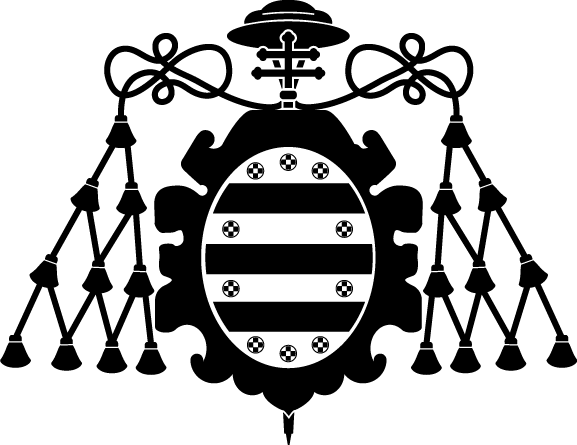Copla, melodrama and star persona in 1950s Spanish Cinema: Antonio Molina and Daniel Montorio
Autor(es) y otros:
Editor/Coord./Trad.:
Palabra(s) clave:
Spanish Film Music, Spanish musical, Copla, Antonio Molina
Fecha de publicación:
Editorial:
Routledge
Citación:
Serie:
Routledge Music Handbooks;
Descripción física:
Resumen:
Spanish cinema has always been linked to Copla, much more than to dance. However, this does not invalidate the existence of a Spanish musical film genre, a hybrid that goes beyond musical comedy and folkloric musical starring women. The aim of this chapter is to analyze two films starring Copla singer Antonio Molina (1928-1992), with original score and songs composed by Daniel Montorio (1904-1982): La hija de Juan Simón (1957) and El Cristo de los Faroles (1958), both directed by Gonzalo Delgrás (1897-1984), who enshrined Antonio Molina as the star of the Spanish cinema of the 1950s. Both films are musical dramas, two excellent examples of a model where we can observe details from the Neorealist parodies of the time, the construction of the star persona as the main axis for the plot, the masculinization of Copla and what Eva Woods calls the “whitening” of Spanish musical. In this model, we can observe the significative presence of incidental music —in which the structural and emotional functions predominate— with original scores closely linked to the songs, sharing musical themes which contribute to the dramatic effectiveness of the film and to build hegemonic discourses linked to patriarchy, although there was place for potential transgressive elements. These soundtracks present various ways of integrating the diegesis into the narrative, with interesting scores characterized by empathy and, in both cases, with powerful leitmotifs for women co-protagonists, along with songs of great spectacularity
Spanish cinema has always been linked to Copla, much more than to dance. However, this does not invalidate the existence of a Spanish musical film genre, a hybrid that goes beyond musical comedy and folkloric musical starring women. The aim of this chapter is to analyze two films starring Copla singer Antonio Molina (1928-1992), with original score and songs composed by Daniel Montorio (1904-1982): La hija de Juan Simón (1957) and El Cristo de los Faroles (1958), both directed by Gonzalo Delgrás (1897-1984), who enshrined Antonio Molina as the star of the Spanish cinema of the 1950s. Both films are musical dramas, two excellent examples of a model where we can observe details from the Neorealist parodies of the time, the construction of the star persona as the main axis for the plot, the masculinization of Copla and what Eva Woods calls the “whitening” of Spanish musical. In this model, we can observe the significative presence of incidental music —in which the structural and emotional functions predominate— with original scores closely linked to the songs, sharing musical themes which contribute to the dramatic effectiveness of the film and to build hegemonic discourses linked to patriarchy, although there was place for potential transgressive elements. These soundtracks present various ways of integrating the diegesis into the narrative, with interesting scores characterized by empathy and, in both cases, with powerful leitmotifs for women co-protagonists, along with songs of great spectacularity
ISBN:
Patrocinado por:
Este artículo se ha realizado al amparo del proyecto Música y medios audiovisuales en España: creación, mediación y negociación de significados (MUSMAE) MCI-20-PID2019-106479GB-100, financiado por la Agencia Estatal de Investigación (AEI), código 10.13039/501100011033.
Colecciones
- Capítulos de libros [6535]


